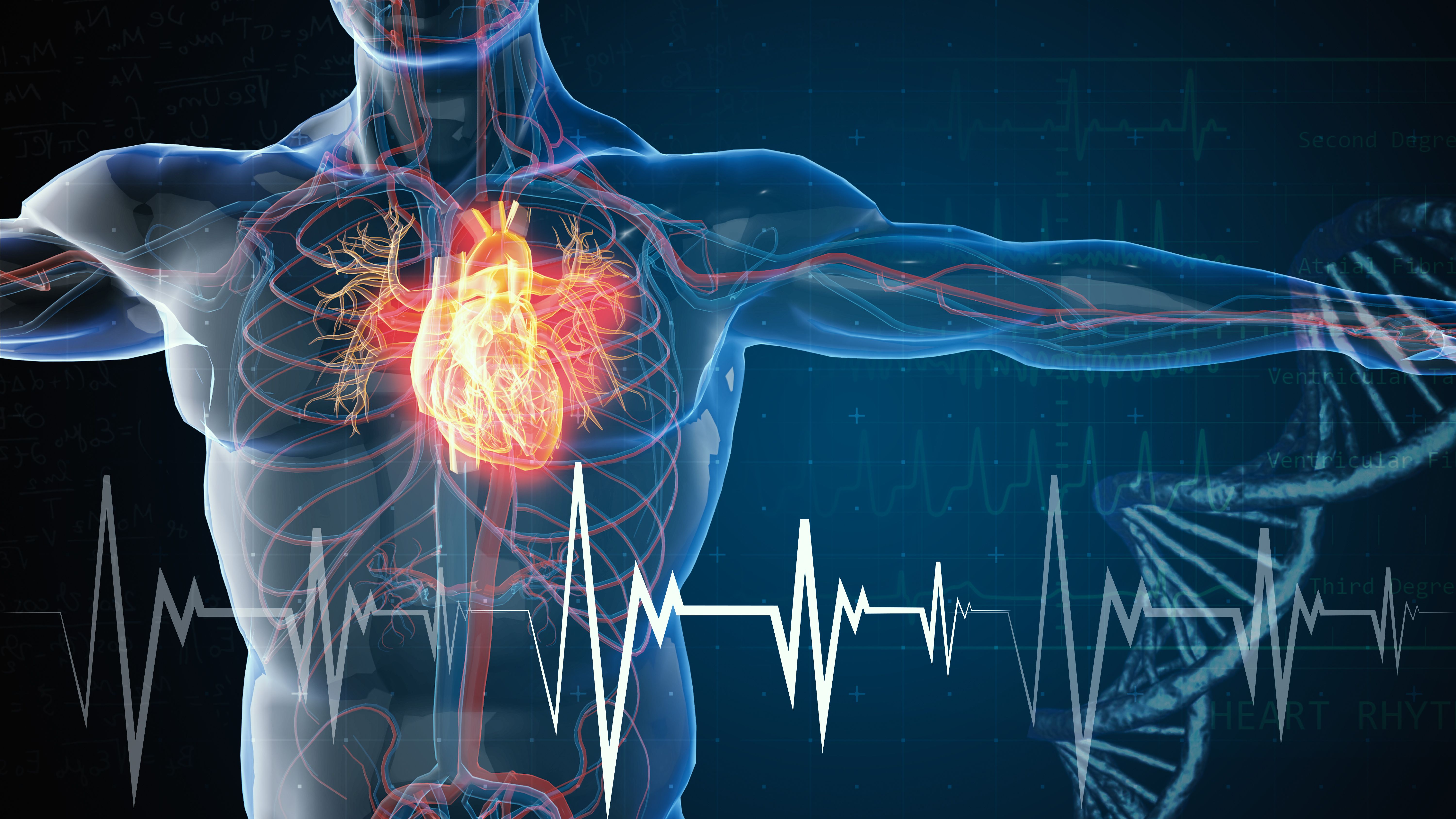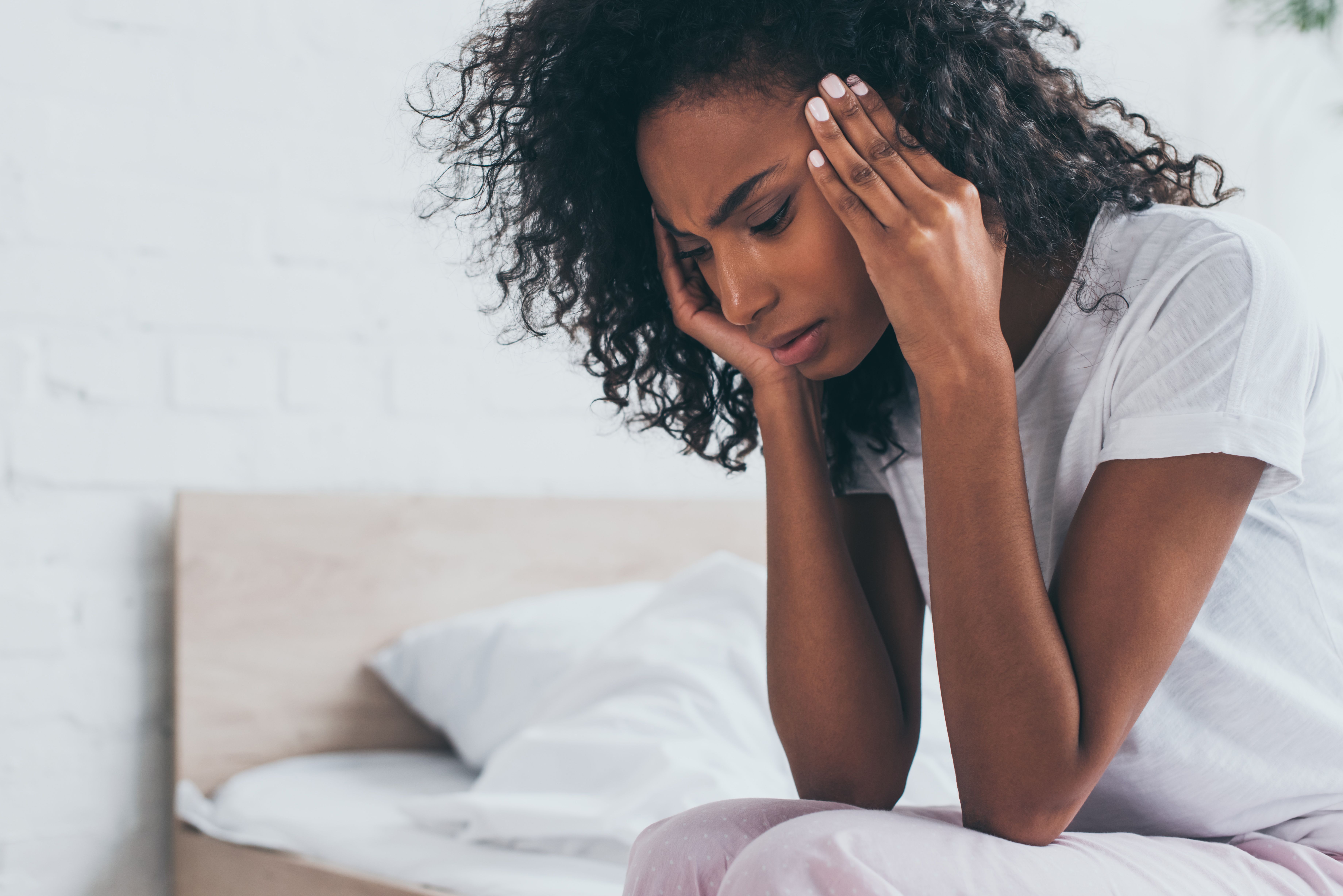Article
Help in the Management of Herpes Simplex Labialis
Author(s):
Brought to you by Merix Pharmaceutical Corp, the makers of Releev
It is estimated that 150 million individualsin the United States haveherpes simplex labialis (HSL).1 Coldsores are generally caused by herpessimplex virus 1 (HSV-1), whereas theherpes simplex virus 2 is responsiblefor causing genital herpes. Both viruses,however, can cause cold soresand genital herpes if the skin comesin contact with either form of thevirus. Once an individual is infectedwith either virus, he or she is infectedfor life and can experience bothactive and dormant phases. An outbreakof HSL can negatively impactvarious aspects of an individual'squality of life, including physical,social, and emotional well-being.
After the first exposure to HSL, thevirus resides in the trigeminal ganglia.Reactivation may occur due to certaintriggers such as1-3:
- Stress/fatigue
- Ultraviolet radiation/extreme exposureto the sun
- Exposure to cold weather
- Fever and upper respiratory infections
- Trauma due to recent dentalwork
- Infectious diseases
- Menstruation or other hormonalchanges
- Factors that may compromisethe immune system (chemotherapy,immunosuppressantagents)
- Certain foods such as chocolateand others with a high contentof the amino acid arginine
Some individuals may have asmany as 3 to 4 outbreaks annually.4 Itis crucial for pharmacists to be thoroughlyinformed about causes, transmission,treatment, and preventivemeasures in order to effectively carefor individuals affected by this virus.
Pathophysiology of HSL
HSL is highly contagious and entersthe host via a break in the skin or possiblythrough intact mucous membranes.The virus travels to the sensoryneurons and then on to the sensoryganglia, where it may remain dormant.2,3 Because the virus may remainviable on surfaces for hours, an individualmay also be infected from contactwith contaminated objects.2
Signs and Symptoms
Although the lesions associatedwith an outbreak of HSV-1 typicallyoccur on the lip, these lesions mayalso appear on the bordering areasaround the lip and the nose. Coldsores are considered to be a self-limitingcondition, and lesions typicallyheal without incidence of scarring inapproximately 10 to 14 days.2,3 Scarringcan occur in some individualsafter repeated outbreaks, however.An outbreak of cold sores is oftencharacterized by various stages, eachwith distinct characteristics. In the initialstage of an outbreak, cold soresare preceded by a prodrome. Duringthis phase, the individual will notice aburning or tingling sensation and/oritching ~48 hours prior to the appearanceof a cold sore. Other symptomsmay include pain, fever, or swollenlymph glands. The cold sore usuallyappears first as a small erythematousvesicle, which typically ranges in sizefrom 1 to 3 mm in diameter.2 Manylesions can combine to form a largerlesion. As time progresses and thelesions mature, a crust forms over thevesicles that have erupted. A secondaryinfection may be present if pusappears under the crusted area.2
Treatment
No cure for HSL yet exists, but variousproducts are available to alleviatethe pain associated with cold soresand to reduce the duration of the outbreak(Tables 1 and 2). Other goalsinclude preventing the occurrence ofa secondary bacterial infection andpreventing transmission of HSL toother individuals.
Current prescription agents approvedfor the treatment of recurrentHSL include topical acyclovir (Zovirax)cream and penciclovir (Denavir)cream. These topical agents are FDA-approvedfor use in both adults andchildren 12 years of age and older.Systemic agents include valacyclovir(Valtrex) capsules and famciclovir(Famvir), which recently receivedapproval for an indication as a single-dosetreatment for recurrent HSL inimmunocompetent patients.5
RELEEV 1-Day Cold Sore SymptomTreatment is a new nonprescriptionproduct for the treatment for coldsores. It is designed to aid healing andreduce outbreak duration.6,7 RELEEVhas been shown to relieve the symptomsof cold sores within 24 hours ofinitial use. RELEEV?s active ingredientis a topical microbicide that is a proprietaryblend of benzalkonium chloride0.13% and phytochemicals primarilyderived from the Asteraceaefamily. RELEEV is a nontoxic botanicalproduct and should be applied 3 to 4times a day. It can be safely used inadults and children 2 years of age orolder and is nonirritating. It is bestused at the first sign of an outbreakbut can be applied at any stage torelieve symptoms. It may be used asan antiseptic to help cleanse or drycold sores and to help in preventingsecondary infections. RELEEV mayalso be used on sores on the inside ofthe lips and on oral mucosa. RELEEVshould not be used if an individual hasan allergy to the Asteraceae (daisy)family of flowers.
There are other topical nonprescriptionproducts such as analgesics,antipruritics, anesthetics, and skinprotectants that are available to providesymptomatic relief from the discomfortassociated with a cold soreoutbreak. These products, however,will not reduce the duration of thesymptoms of HSL.2 Pharmacists mayalso recommend the use of a tripleantibiotic ointment if lesions showevidence of a secondary infection.
Additional Help
Various measures can be recommendedto patients in addition topharmacologic therapy for managingthe pain associated with cold soresand for reducing the frequency offuture outbreaks:
?Use a cool, wet compress or iceon the affected area at least 3times a day for 15 to 20 minutesto reduce swelling or erythema.
?If not contraindicated, considerthe use of an OTC analgesic.
?To prevent possible infection,routinely cleanse the affectedarea with clear water withoutsoap. The proteins in soap mayexacerbate or prolong the outbreak.
?Use skin protectants to keeplesions moist, because dryingand cracking may make thelesions more susceptible to secondarybacterial infection. Waituntil any medication, especiallyRELEEV, has dried before applyingany moisturizers.
?Carefully wash the hands regularlywith warm water and soapto prevent transmission orspread of the virus.
The Role of the Pharmacist
Pharmacists can be a fundamentalsource of information for individualsaffected by HSL. Pharmacists shouldinform patients about the treatmentsavailable for this condition andremind them about the preventivemeasures that may reduce or avoidthe incidence of cold sore outbreaks.Patients should be reminded to avoidpossible triggers of outbreaks. Pharmacistsshould stress the importanceof therapy compliance and advisepatients to always apply topical HSLmedications at the prodromal stageof an outbreak to reduce the severityof symptoms. Pharmacists shouldremind patients about the highly contagiousnature of HSL and informthem about measures for eitherreducing or preventing the transmissionof the virus to other individuals.
Ms. Terrie is a clinical pharmacy writer based in Haymarket,Va.
For a list of references, send a stamped,self-addressed envelope to: ReferencesDepartment, Attn. A. Rybovic, PharmacyTimes, Ascend Media Healthcare, 103College Road East, Princeton, NJ 08540;or send an e-mail request to:[email protected].






